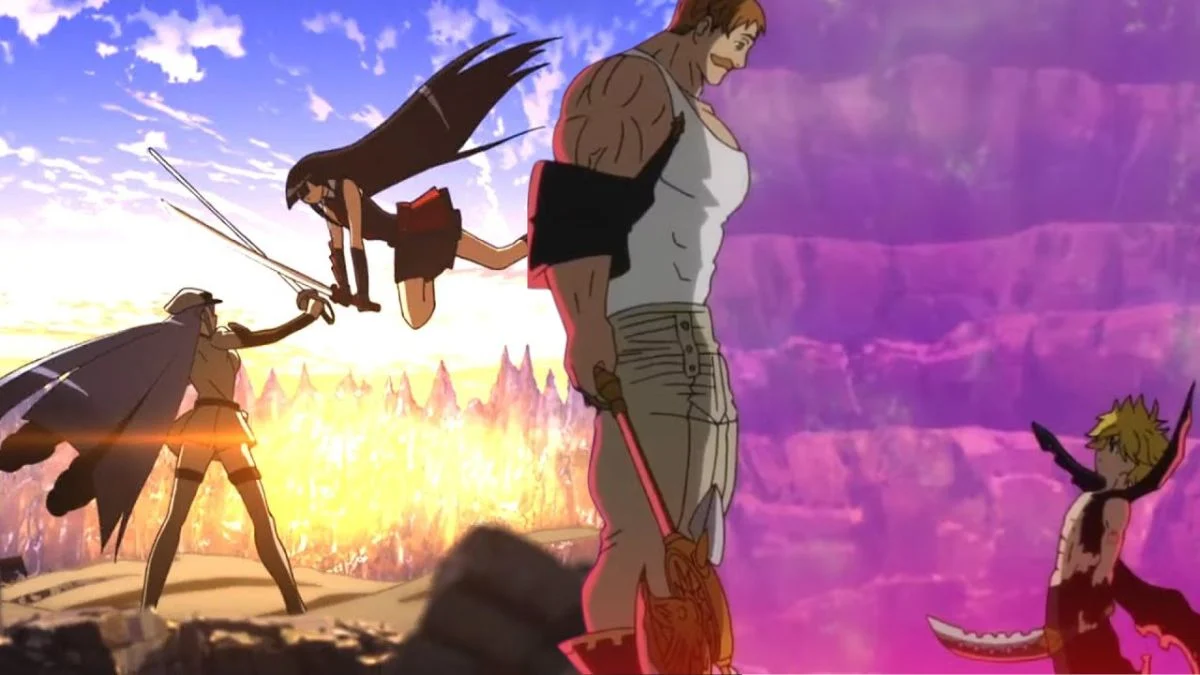
It’s frustrating when hyped-up anime battles don’t live up to expectations. You eagerly anticipate a climactic fight, but instead it’s filled with flashbacks, rushed moments, or key events happening off-screen. Ultimately, you’re left thinking more about everything leading *up* to the fight than the fight itself.
This series examines famous battles that didn’t quite live up to the hype. For each one, we’ll break down what was promised, what actually happened on screen, and the filmmaking decisions that led to the final result. We’ve also included behind-the-scenes details about the production to give you a better understanding of each fight’s context.
15. Goku vs Frieza, rematch — ‘Dragon Ball Super’
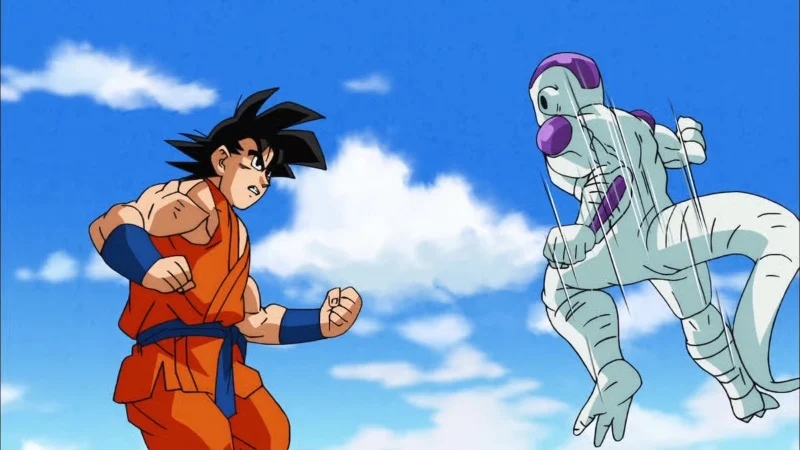
This series revisits the ‘Resurrection ‘F’ story, similar to the movie, but spreads it out over several episodes, giving more time to build up the events. The main conflict revolves around Goku’s new blue transformation and Frieza’s golden form. The action is interspersed with scenes focusing on other characters, a side story about poison, and the pressure of Goku running out of energy.
This story arc, adapted from a movie for television, revisits important plot points and extends scenes to fill the longer format. Created by Toei Animation while juggling other projects, it relies on straightforward camera work rather than elaborate or dynamic visuals.
14. Goku vs Beerus, retelling — ‘Dragon Ball Super’
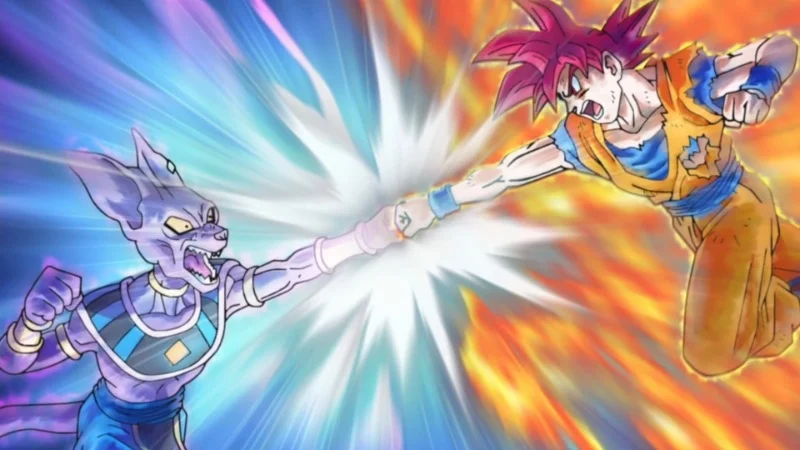
This story arc retells the ‘Battle of Gods’ movie over several episodes, giving more detail to Beerus’s arrival, the process of becoming a Super Saiyan God, and the extended fight. It includes extra scenes focusing on Bulma’s party and the Dragon Balls, and shows the fight from multiple perspectives with drawn-out moments to build tension.
When the fight is shown on television, it’s drawn out over several episodes, so the focus shifts from exciting action to lengthy conversations and shots of the audience. Produced by Toei Animation, the broadcast version highlights small increases in power and pauses between attacks, making the main battle feel repetitive until a winner is finally determined.
13. Meliodas vs Escanor (first meeting payoff) — ‘The Seven Deadly Sins’
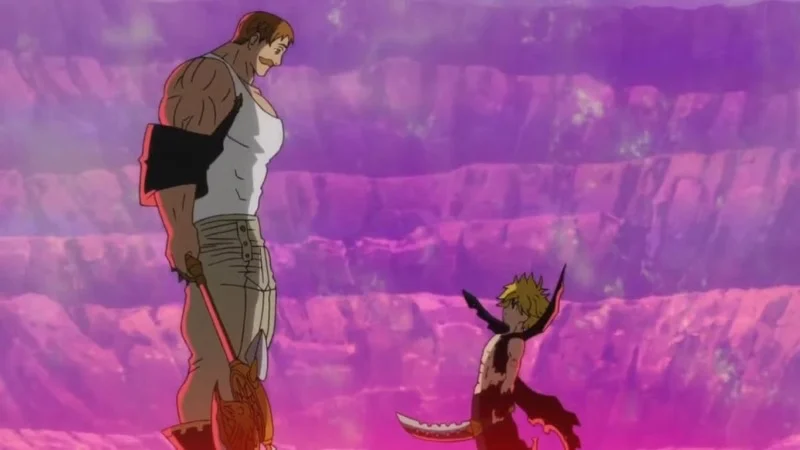
The story carefully establishes each character’s unique abilities, and their confrontation is presented as a clash between arrogance and overwhelming demonic rage, happening at the peak of the day. The script uses the time of noon as a natural countdown, ensuring the battle’s pace aligns with Escanor’s increasing power.
The animation frequently skips frames that usually create a sense of weight and movement, instead using quick blurs to connect poses. This season was animated by Studio Deen, a change from previous seasons done by A-1 Pictures, and this switch seems to have resulted in noticeable cost-cutting during important action sequences that were key to the story.
12. Guts vs assorted Apostles — ‘Berserk’ (2016)

The story establishes Guts as a solitary warrior battling terrifying Apostles. Action sequences – like nighttime chases, dramatic swings, and powerful sword strikes – create a relentless, intense pace. The Apostles themselves are designed to be grotesque and frightening, and the filming emphasizes their imposing presence to build on the legend of the Black Swordsman.
The animation uses simple 3D models and a lot of shaky camera work to try and create impact, but it often feels like punches and kicks don’t have much force. This installment, created by GEMBA and Millepensee, relies heavily on computer-generated imagery, which makes movements feel floaty compared to the older, hand-drawn versions that focused on making everything feel powerful and substantial.
11. Kirito vs PoH — ‘Sword Art Online: Alicization – War of Underworld’
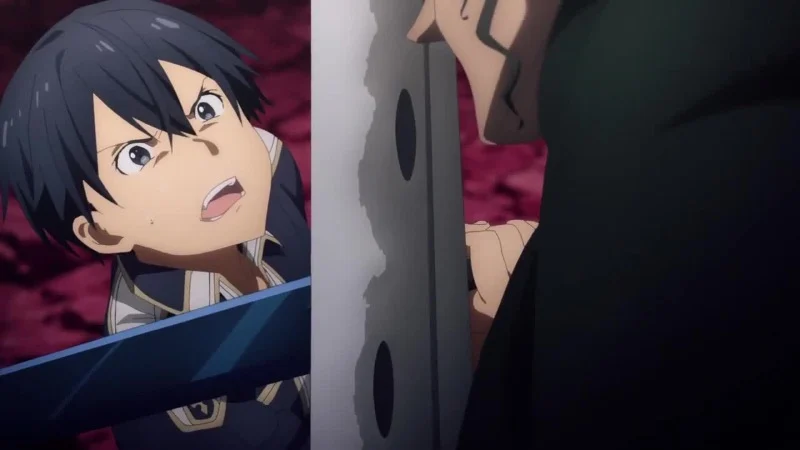
The story builds to this showdown over a lengthy period of healing, connecting Kirito’s comeback to his past experiences, relationships, and the rules of the game world. The battle takes place amidst a larger war with many players on both sides, and it’s meant to be the climax of everything that’s been building up.
This episode spends a lot of time showing scenes from the past before quickly resolving the conflict with a few key moves. While A-1 Pictures animated this story arc, the episode’s pacing feels off, using flashbacks and static shots at moments where the action should be building.
10. Natsu vs Zeref, final round — ‘Fairy Tail’
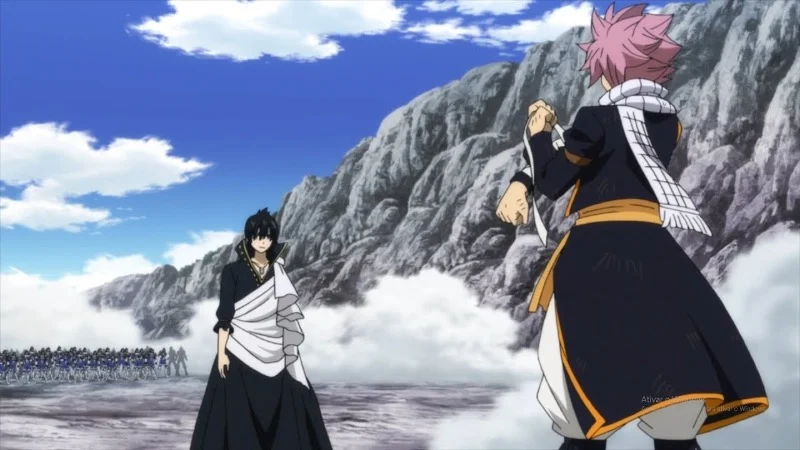
Years of established story have led to this confrontation, centered around the powerful Fairy Heart and a history that’s been altered. The battle brings together many different storylines, creating a sense that everything will be decided through a complex and drawn-out fight.
The show rushes through important moments, explaining what’s happening right as attacks finish. With multiple battles happening at once and several studios (A-1 Pictures, CloverWorks, and Bridge) involved in the final season, this major fight doesn’t get the focus it deserves and feels somewhat hurried.
9. Saitama vs Elder Centipede — ‘One-Punch Man’ Season 2
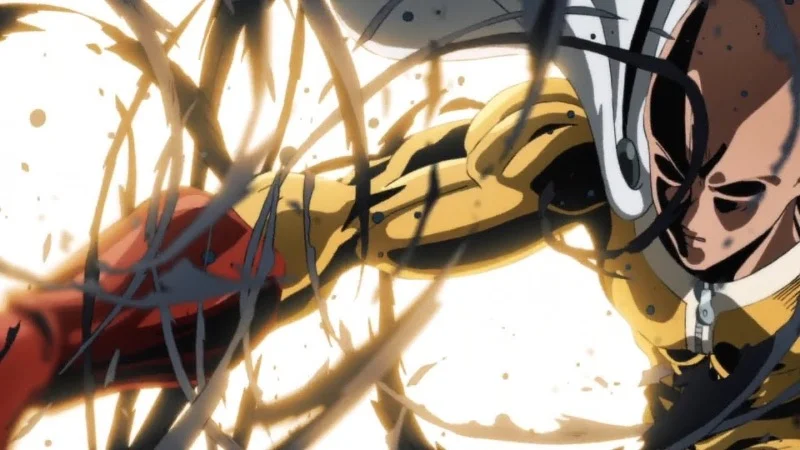
The story builds slowly, showing increasingly dangerous monsters, with a giant centipede causing widespread destruction that no one can stop. While the Hero Association deals with internal issues and a tournament, everything leads up to Saitama finally joining the fight and defeating the monster.
The ending arrives so quickly it feels abrupt, which is consistent with the character’s comedic timing but undermines the tension built up beforehand – it’s all condensed into one quick scene. Season 2’s animation, handled by J.C.STAFF instead of Madhouse, uses more fixed camera angles and fast-paced transitions. This style prevents the climax from feeling like the grand conclusion the earlier episodes promised.
8. Emma’s group vs Peter Ratri’s control — ‘The Promised Neverland’ Season 2

Throughout the story, the farm network and its human helpers are revealed as the ultimate goal, with secret operations and partnerships building towards a major, coordinated attack. This season hints at a wide range of actions, like saving people and causing disruptions, that would typically be shown in full detail.
Rather than showing full battles, the conflict is quickly summarized through a fast-paced montage that jumps straight to the outcomes. The animation studio, CloverWorks, created this season with a tight schedule, cutting out entire story arcs. This means the confrontations, though built up, aren’t fully shown on screen.
7. Naruto, Sasuke, and Sakura vs Kaguya — ‘Naruto Shippuden’

As a huge fan, I’m really excited about where this storyline is going. It feels like everything’s been building towards this one massive conflict, and the writers are really letting loose with some wild ideas – dimensional travel and deeper dives into the energy system are pushing the boundaries of what’s possible. Plus, the fact that the fighting isn’t staying in one place is brilliant. It means we’ll get different environments to watch battles unfold, and forces everyone to constantly rethink their strategies. It’s a recipe for some truly dynamic fights!
The show mixes visually creative scenes with drawn-out conversations that simply move the plot forward. While Studio Pierrot is known for consistently releasing many episodes, this fast pace seems to have affected the quality, leading to inconsistent direction and editing.
6. Ichigo vs Aizen, decisive clash — ‘Bleach’
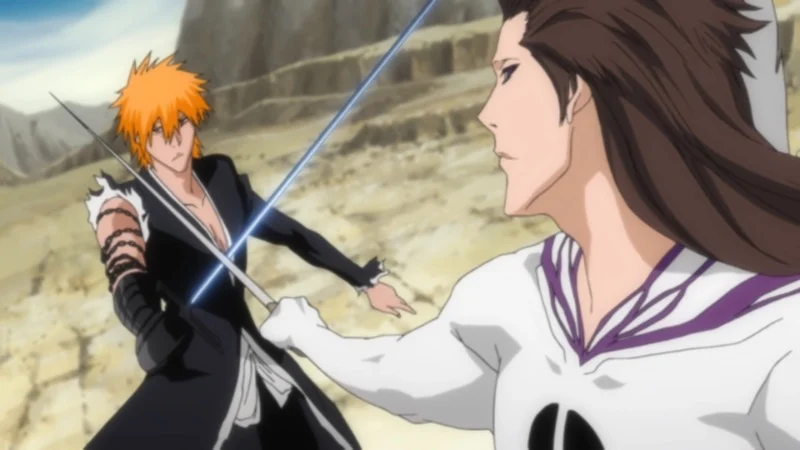
The episode focuses on dramatic power-ups and the mysterious Hōgyoku, as Ichigo makes a risky move: sacrificing his future potential for a brief moment of overwhelming strength. The storyline presents the fight as the culmination of a long, relentless pursuit of an enemy who seemed unbeatable.
The final confrontation happens quickly after a lengthy chase, with the prepared strategy taking over once it’s put into action. The anime series features a large cast and several storylines, and this concluding episode swiftly moves from fighting to dealing with the consequences once the plan is set in motion.
5. Inuyasha vs Naraku, final purification — ‘Inuyasha: The Final Act’
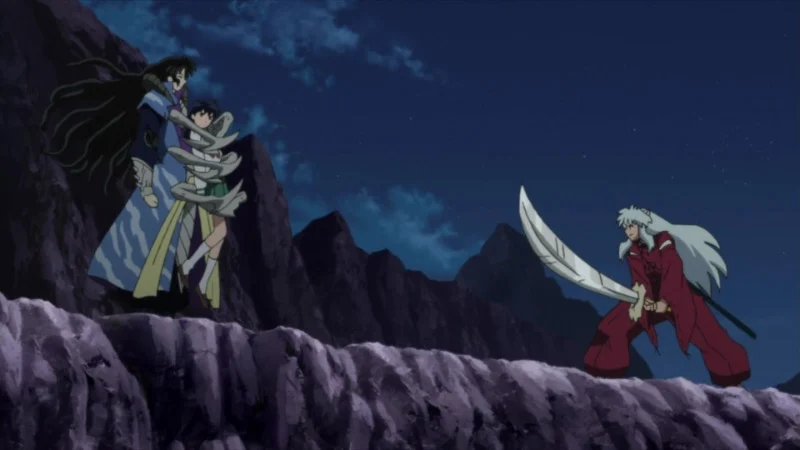
The final showdown takes place within the power of the Shikon Jewel itself, mixing hand-to-hand fighting with the magic of wishes and the strength of everyone’s spirit. All the years spent hunting for the jewel’s pieces and dealing with betrayals lead to a complex series of challenges and obstacles that must be overcome before it can finally be cleansed.
The story quickly moves from its main events to the resolution, rushing the final confrontation. Because the series only had 26 episodes, the adaptation had to condense the later parts of the original manga to ensure it finished on time.
4. Maka vs Asura, anime-original finish — ‘Soul Eater’
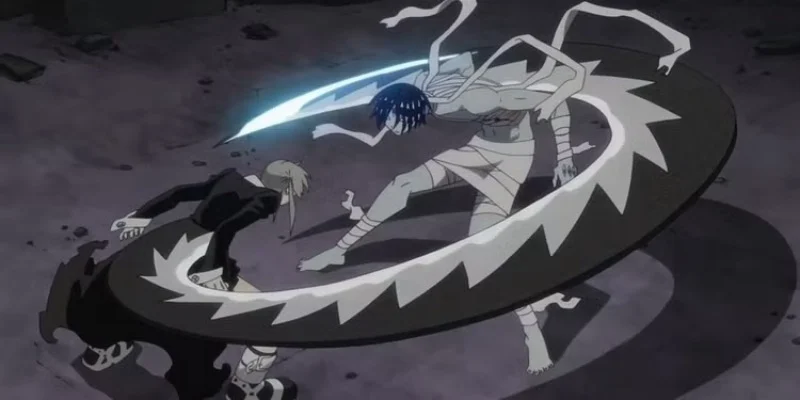
The story builds towards a final battle with Kishin, who is revealed to be the origin of madness. Throughout this arc, weapon and meister pairs train relentlessly, preparing for a coordinated assault. The narrative focuses on their increasing skills and how well they work together under intense pressure, ultimately aiming for a powerful and resonant climax.
The series finale concluded with an unexpected twist, resolving the central conflict quickly instead of a long, drawn-out battle. The creative team, led by Bones, made this choice because the source material wasn’t yet complete, opting for a concise ending rather than continuing with an unfinished story.
3. Alucard vs Incognito — ‘Hellsing’ (2001 TV)
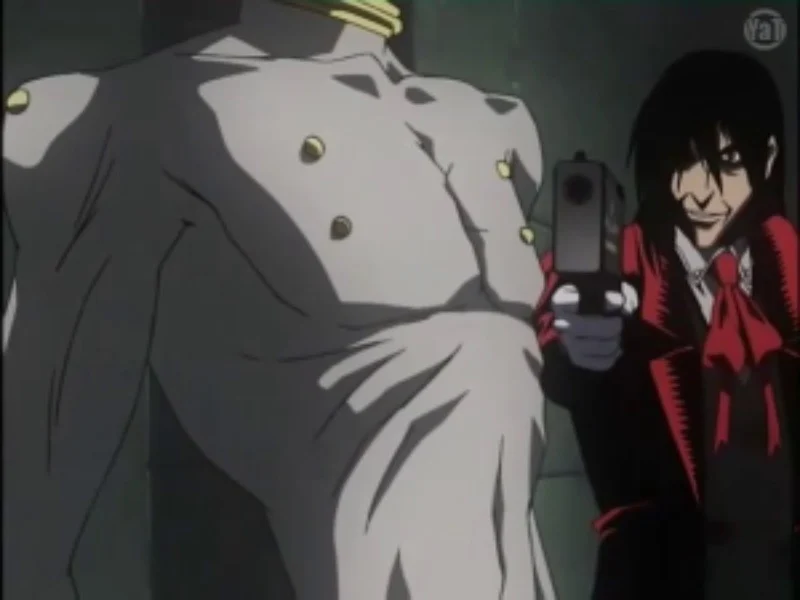
London is thrown into turmoil when the organization confronts a villain originally designed for the TV series, leading to a climactic battle that differs from the storyline in the manga. The events leading up to this fight suggest a confrontation similar to past monster hunts, while also resolving the ongoing issues with the Vatican and the police investigation.
Unlike later versions, this original series wraps up the main conflict quickly after the key transformation, focusing on the aftermath rather than extending the battle. The 2001 production, created before the ‘Hellsing Ultimate’ remakes, prioritized a swift ending over a larger, more drawn-out fight.
2. Akame vs Esdeath — ‘Akame ga Kill!’
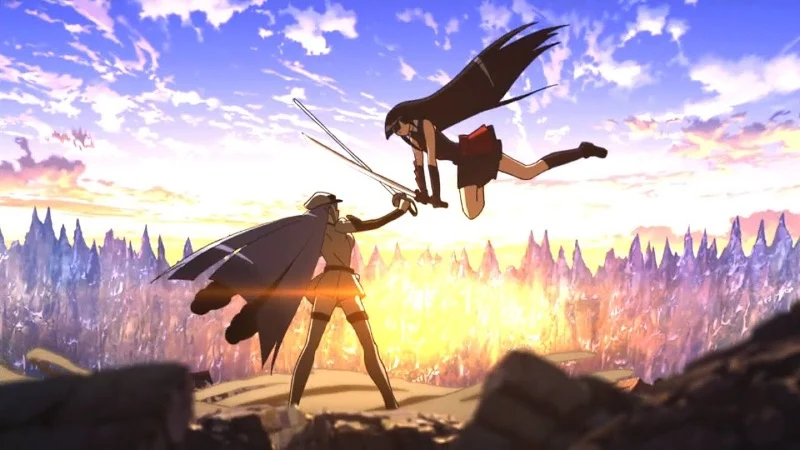
When the capital city falls, the most powerful warriors are forced into a final, decisive battle. This clash relies on special weapons and hidden abilities, and survival depends on who can outfight the others. The city streets become the battlefield, putting civilians at risk, and the conflict is presented as a showdown between different beliefs and fighting styles.
The fight itself is quick, ending with one powerful move, and the rest of the episode focuses on what happens afterward, rather than a long battle. The animation studio, White Fox, made changes to the original manga storyline towards the end of the series, resulting in a rushed final few episodes and a less elaborate conclusion.
1. Instrumentality over combat, finale focus — ‘Neon Genesis Evangelion’ (TV)
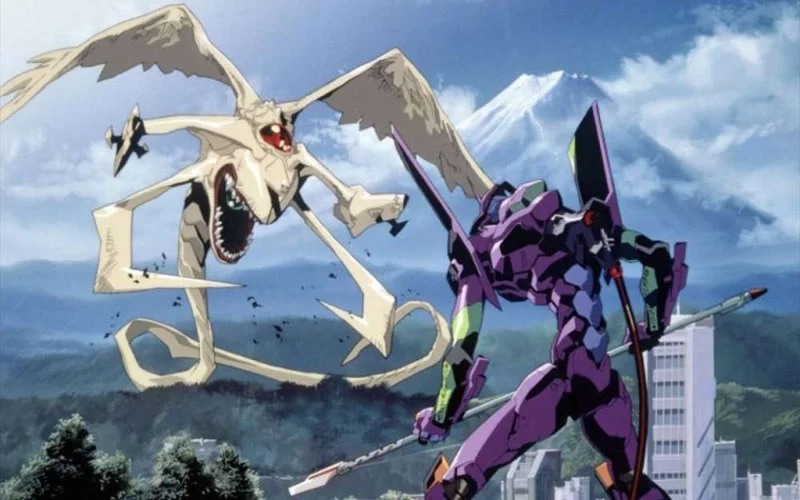
As the series nears its end, the large-scale battles take a backseat to a more personal exploration of who the characters are and the decisions they make within the world of Instrumentality. The final two episodes move away from the war and instead delve into the characters’ inner lives, using narration, visual fragments, and dreamlike settings to represent their thoughts and feelings.
Instead of action-packed battles, the creators focused on characters’ thoughts and unique visual storytelling. Due to limited time and resources, the TV series ended by resolving the conflict within the characters themselves, rather than with a big, external fight like many viewers anticipated.
Share the anime battle that let you down the most in the comments so everyone can compare notes.
Read More
- Silver Rate Forecast
- Gold Rate Forecast
- Красный Октябрь акции прогноз. Цена KROT
- Navitas: A Director’s Exit and the Market’s Musing
- Unlocking Text Data with Interpretable Embeddings
- 2026 Stock Market Predictions: What’s Next?
- VOOG vs. MGK: Dividend Prospects in Growth Titans’ Shadows
- Ethereum’s Fate: Whales, ETFs, and the $3,600 Gambit 🚀💰
- XRP’s Wrapped Adventure: Solana, Ethereum, and a Dash of Drama!
- Itaú’s 3% Bitcoin Gambit: Risk or Reward?
2025-10-11 07:51